Photo


ダイナピンク
科学戦隊ダイナマン
352 notes
·
View notes
Photo

天空の城ラピュタ
912 notes
·
View notes
Photo
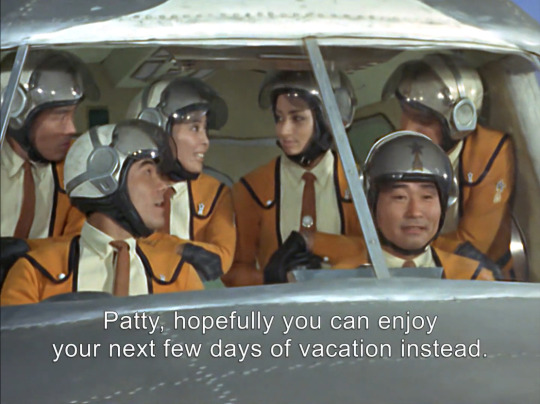
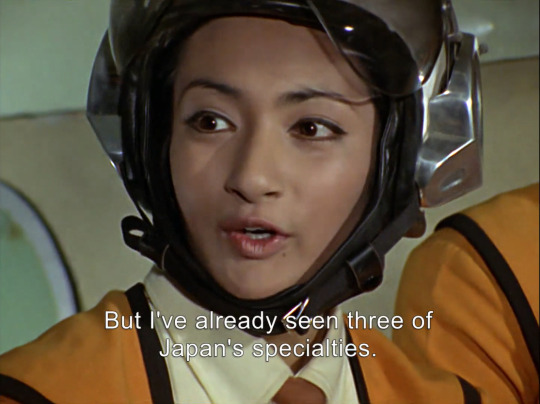

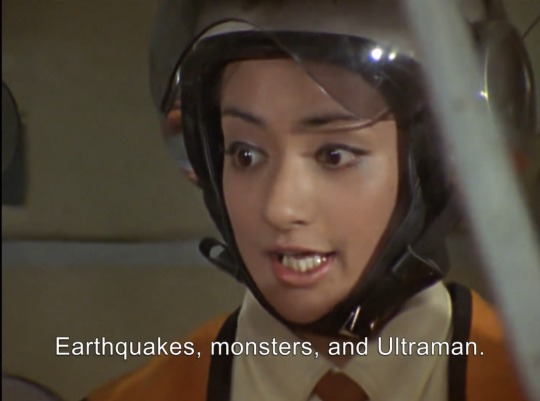
#Ultraman#Ultraman episode 32#SSSP#Science Patrol#Science Special Search Party#Captain Toshio Muramatsu#Akiko Fuji#Patty#Shin Hayata#Mitsuhiro Ide#Daisuke Arashi#tokusatsu#Tsuburaya Productions#giappone#japan
2K notes
·
View notes
Text
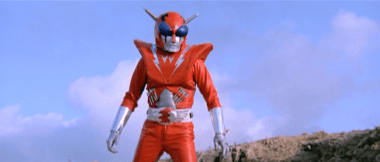
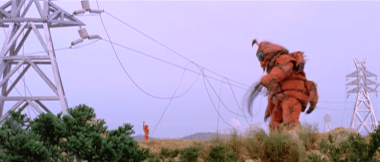


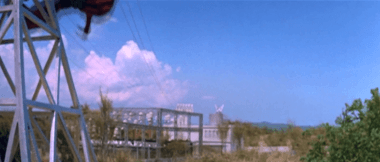



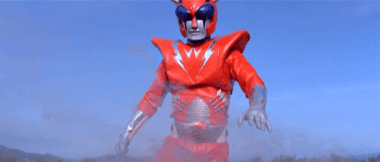
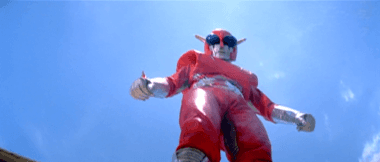
The Super Inframan (1975)
83 notes
·
View notes
Photo

Takashi. Kites and Kimonos. 1936. Bunji Tagawa, illus.
79 notes
·
View notes
Photo
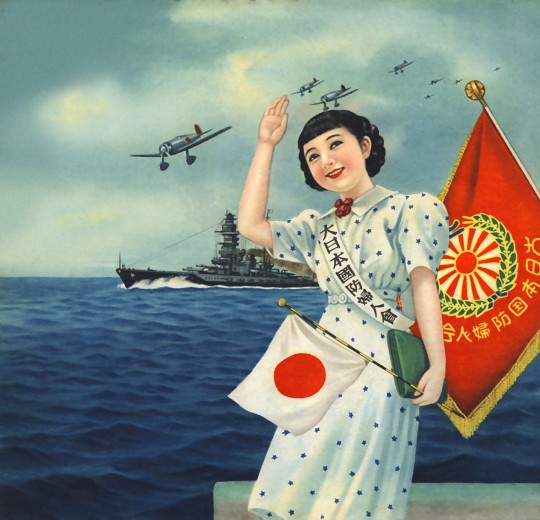
Return of Imperial Japanese Navy forces by Greater Japan National Defense Women’s Association (WWII, 1941)
17 notes
·
View notes
Photo
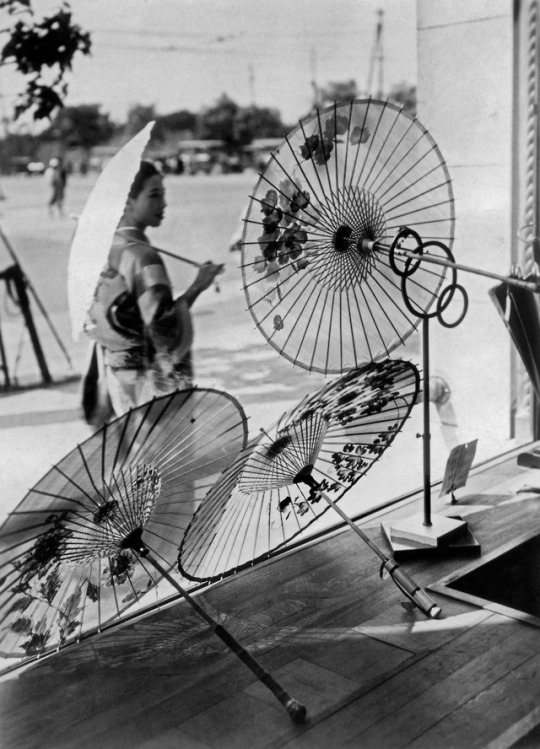
A woman admires the display of a shop that sells flower parasols, Japan, 1930s
2K notes
·
View notes
Photo

Homeless Tokyo residents have hauled these disabled buses into a vacant lot and converting them into homes from their families (October 2nd, 1946). There was an acute housing shortage in the capital.
391 notes
·
View notes
Photo

Leonard Siffleet about to be beheaded by Chikao Yasuno (1943).
Siffleet was a radio operator of the Australian Special Forces, sent to Papua New Guinea to establish a coast-watching station. In September 1943, his patrol was sent to Japanese-held New Guinea, to carry out reconnaissance of the Japanese forces stationed there. Siffleet and two other soldiers were captured by locals friendly to the Japanese, and turned over to them.
The men were interrogated and tortured, and confined for about a fortnight before they were taken down to Aitape Beach on the afternoon of October 24th. They were bound and blindfolded, and forced to the ground to be beheaded, surrounded by Japanese and native onlookers. The executions were ordered by Vice-Admiral Kamada Michiaki of the Imperial Japanese Navy.
Chikao ordered a private to photograph Siffleet’s execution. After the war, he was tried for war crimes and sentenced to death by hanging, but his sentence was commuted to ten years’ imprisonment. After the ten years, he returned to Japan.
Execution by beheading was not an uncommon Japanese military practice. In fact, under the code of Bushidō that the Japanese military were under at the time, beheading restored some lost honour to a captured enemy, as it was considered dishonourable for a warrior to allow himself to be captured alive.
In April 1944, American troops discovered this photograph on the body of a dead Japanese major near Hollandia, a port on the northern coast of New Guinea. It was published in LIFE magazine and became one of the war’s most iconic photos; it is believed to be the only surviving photo of a Western POW being executed by a Japanese soldier.
The Lae Memorial to the Missing stands in the Lae War Cemetery in Papua New Guinea. It commemorates Siffleet and other Commonwealth war casualties who died in the region and have no known grave. In May 2015, a memorial park commemorating Siffleet was dedicated.
#history#military history#swords#bushidō#ww2#pacific campaign#new guinea campaign#japan#new guinea#australia#papua new guinea#aitape#lae#lae war cemetery#leonard siffleet#kamada michiaki#giappone
31 notes
·
View notes
Photo

Tokyo Tower under construction (Japan, 1958). It was Japan’s first post-war attraction.
In 1953, Nippon Hōsō Kyōkai (NHK), Japan’s national broadcasting station, was founded with its own transmission tower. In the following months, more privately-run broadcasting companies began operations in Tokyo. The government worried that the city would become cluttered with transmission towers, and so the idea of building one tall tower for the entire Kantō region was born.
Naitō Tachū, Japan’s “tower professor” was responsible for drawing up the plans. He had designed many other buildings in Japan, such as the Kabuki-za in Tokyo’s Ginza district (which survived the 1923 Great Kantō Earthquake) and the Nagoya TV Tower. Naitō claimed that Tokyo Tower would be able to withstand earthquakes with twice the intensity of the 1923 earthquake (which was 7.9 on the moment magnitude scale) and typhoons like the 1934 Muroto Typhoon.
Despite being 13 metres taller than the Eiffel Tower, Tokyo Tower was less than half its weight at 4,000 tons. Construction began in the summer of 1957 and finished in October 1958 – a total construction period of only 15 months.
Finding 4,000 tons of steel was a major task at the time, and the problem was overcome by melting down American tanks used during the Korean War. Hundreds of tobi-shokunin (construction workers who work on high places) came to the capital from all around the country, with over 400 working on the site each day. Instead of the high-rise cranes of today, only motorized winches and pulleys were used to hoist the massive, though streamlined, girders.
The tower was run by Nippon Television Network Corporation, and privately owned by Maeda Hisakichi, founder and president of the corporation. The budget was very large – 3 billion yen in total, which would be 17.75 billion yen today. This raised some eyebrows at the time, as Maeda was also a member of the Upper House.
Maeda wanted to make Tokyo Tower the tallest in the world, even taller than the Empire State Building, which at 381 metres was the tallest structure in the world until 1954. However, a lack of funds and materials meant that this ambition was not realized. In the end, the tower’s height was determined by the distance needed to transmit TV signals throughout the entire Kantō region (a distance of around 150km).
The tower was completed on October 14th, 1958, when the 90-metre antenna was bolted into place. It opened on Christmas Eve as the tallest freestanding structure in the world, overtaking the Eiffel Tower by 13 metres.
#history#architecture#labour#construction#journalism#television#japanese architecture#japan#tokyo#minato#tokyo tower#maeda hisakichi#naitō tachū#nhk#nippon tv#giappone
93 notes
·
View notes
Photo

Tokyo 1989
nakano tokyo japan
日本 東京 中野区 1989
189 notes
·
View notes
Photo

Nishimura Electric, Akihabara, Japan, 1985. From the Budapest Municipal Photography Company archive.
3K notes
·
View notes
Photo

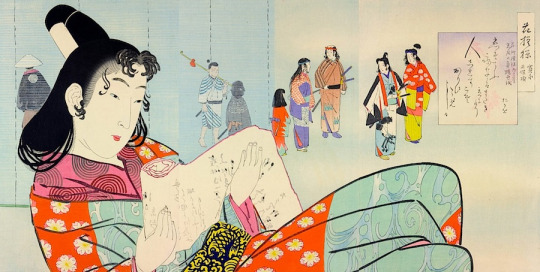
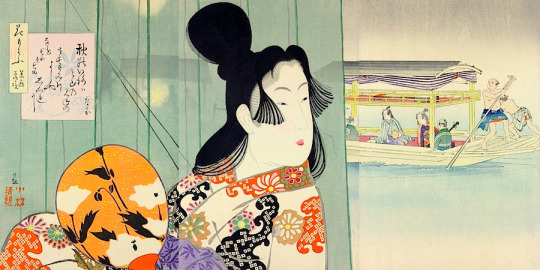
Set A: Hana Moyō (Patterns for Flowers), by Kobayashi Kiyochika (1847-1915), is a series of triptychs published in 1896, each one of which features a beautiful woman from a specific historical era set against a distant background scene. The Keichō Era (1596-1615). The print at the top design is often described as being a picture of a male actor; the subject is actually a woman. As we are so accustomed to the fact that men play both the male and female roles on the kabuki stage nowadays, and have done since 1629, it may surprise you to learn that kabuki’s creator was in fact a woman. Her name was Okuni and she is the woman depicted here. She is shown dressed as a man, taking part in a performance which took place on the third day of the sixth month of 1606. Middle print: The Kan'ei (1624-1643) and Shōhō (1644-1648) Eras. A beauty reading a scroll, wearing her hair in the shimada style. Bottom print: From the Jō-ō (1652-1655) to the Manji Era (1658-1661). A beauty wearing her hair in the karawa style, seated in a boat on the river, with another pleasure boat passing behind in the distance. Text and image via Gina Collia-Suzuki.
336 notes
·
View notes
Text
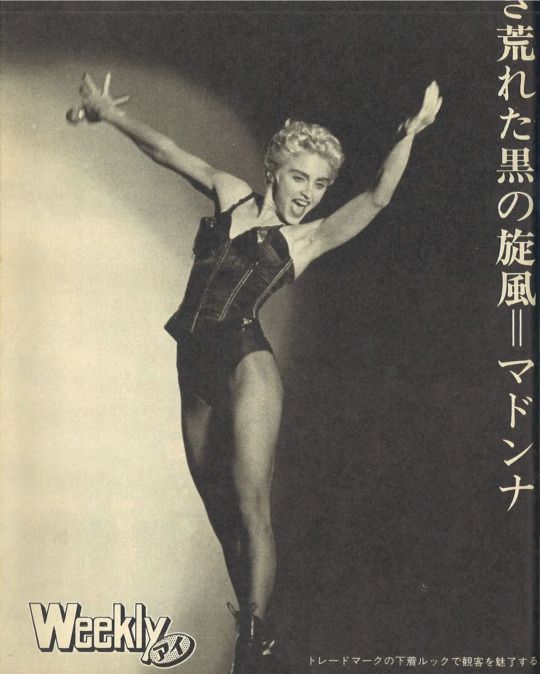

@tsenko6
#Madonna#1987#Who's That Girl#Madonna wannabes#Japan#wannabes#The Celebration Tour#Madonna 1987#Queen Of Pop#Who's That Girl Tour#giappone
26 notes
·
View notes
Text
I've noticed the new era of Zelda fans aren't aware of this gem, so I thought I'd upload it here. This was a commercial exclusively for Japan in the early 90s to promote A Link to the Past for the Super Famicom. It's fully choreographed, and the practical effects and puppeteering aged super well for its time! Not to mention, the rap is still bangin☆
#giappone#japan#japon#vintage#zelda#super famicom#video games#dance#coreography#rap#gamer#i love japan
14K notes
·
View notes
Text
It's that time of year when Tumblr celebrates Easter by posting pictures of crucified anime characters, and inevitably somebody in the notes will pop up to helpfully explain that crucifixion imagery has no cultural significance in Japanese media because Japan is only about 1% Christian, which bugs me because it's completely wrong.
It's true that in the majority of cases, crucifixion in Japanese cartoons isn't meant to be conveying any specific theological message, but something Western audiences are likely to miss is that a large portion of those random crucifixion scenes are referencing Ultraman.
Ultraman's creator was a devout Roman Catholic who explicitly intended the titular hero to read as a Christ figure, and consequently, various Ultramen have been crucified on multiple unconnected occasions throughout the franchise's history. Crucifixion scenes in Japanese cartoons are often directly name-checking particular crucifixion incidents from Ultraman, right down to emulating the compositions and camera angles of specific shots. It's like an especially morbid version of the Akira slide.
The upshot is that, while it's true that the inclusion of gratuitous crucifixion scenes in Japanese cartoons typically has no (intentional) theological message, stating that they have no cultural significance is incorrect. A large chunk of the Japanese viewing audience are going to see them and immediately go "hey, that's an Ultraman reference".
Anyway, as an image tax, have a shot of four crucified Ultramen miraculously resurrecting a fifth Ultraman by shooting laser beams out of their hearts:
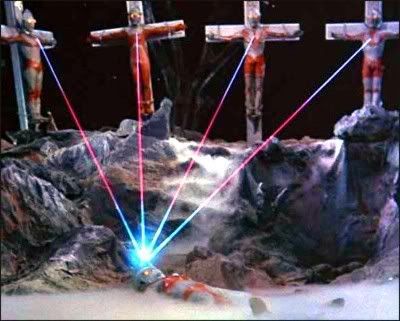
#crucify#ultraman#giappone#tokusatsu#japan#japanaese movie#weird#jesus#croce#gesù#i love japan#wtf japan
22K notes
·
View notes
